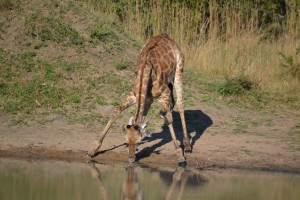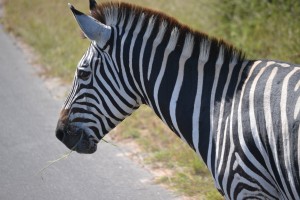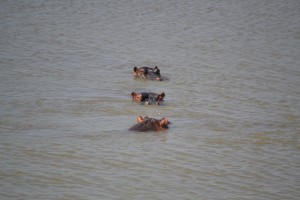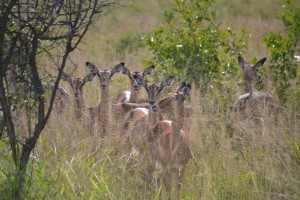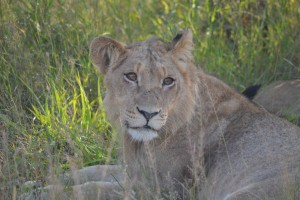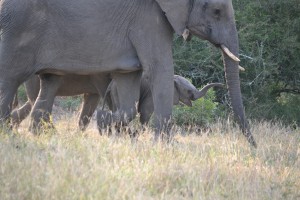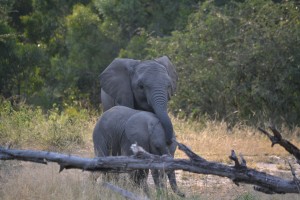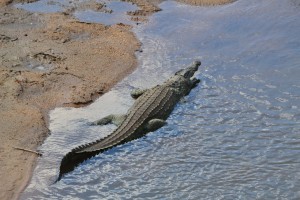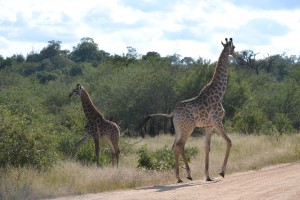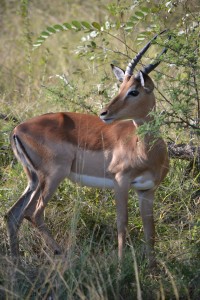
Audience Navigation
Utility Navigation
Student Blogs
The Joys of Field Work in Kruger Park!
Our last days of field work have ended and we are neck-deep in data analysis and writing our final papers. This last week has by far been the most enjoyable and memorable week of the entire semester, but before I tell you why, I’ll tell you a little more about my final project!
An oft-studied and very intriguing concept called the landscape of fear attempts to explain the circumstances under which prey species operate each day, specifically under the threat of predation. Studies suggest that the fear of predation alone has a more significant impact on the lives of herbivore prey species than the actual killing of prey. This is due to the fact that herbivores must always be alert and aware of their surroundings and they do this through the practice of vigilance. However, vigilance comes at a cost as it interrupts daily activities, particularly foraging. In order to increase their safety, some animals will form herds. This gives them extra sets of eyes to watch the landscape for potential threats (meerkats are a great example of this where they have specified watch-dogs to keep an eye out for danger). However, now that you have others to look out for you and therefore, have more time to dedicate to eating, you know have to share your food with your fellow herd members. These trade-offs between ensuring you don’t get eaten and having enough time to dedicate to foraging each day are what make the landscape of fear such an interesting and frequently studied phenomenon.
So, with that said, our project is looking at the effect of herbivore body size on their vigilant behavior. To do this, we played a lion’s roar to different members of 15 herbivore species over a 5-day period. We then recorded their responses for two minutes. A slew of different variables also come into play that we are examining in addition to body size, such as herd size, sex, and presence of babies. So far, we are finding some pretty strong results supporting the hypothesis that larger bodied animals spend less time being vigilant than smaller-bodied animals. This is likely because larger animals, like elephants and rhinos are nearly impossible for all but the most skilled prides of lions to take down. It has been a fascinating project and we are still in just the beginning stages of data analysis. We essentially had 5 days of game drives that had us out sometimes 10-12 hours each day! Aside from our research, we had some amazing animal sightings and all throughout the southern half of Kruger National Park, allowing us to cover more ground and see more animals than many of our fellow students have. Here are some of the highlights!
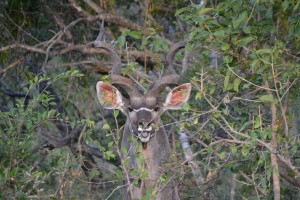
Gorgeous male kudu. We collected data on many different family groups of these large antelope from lone males to larger groups with adorable offspring.
